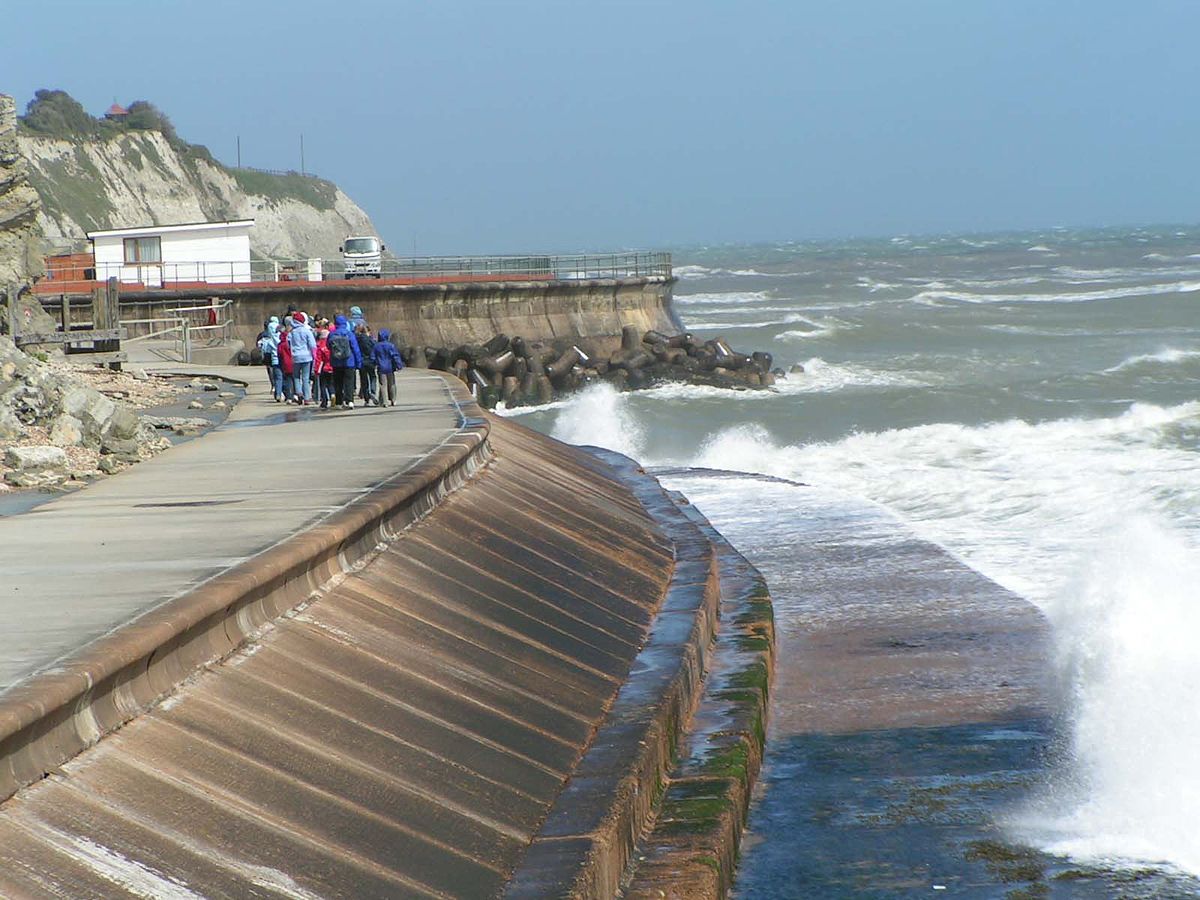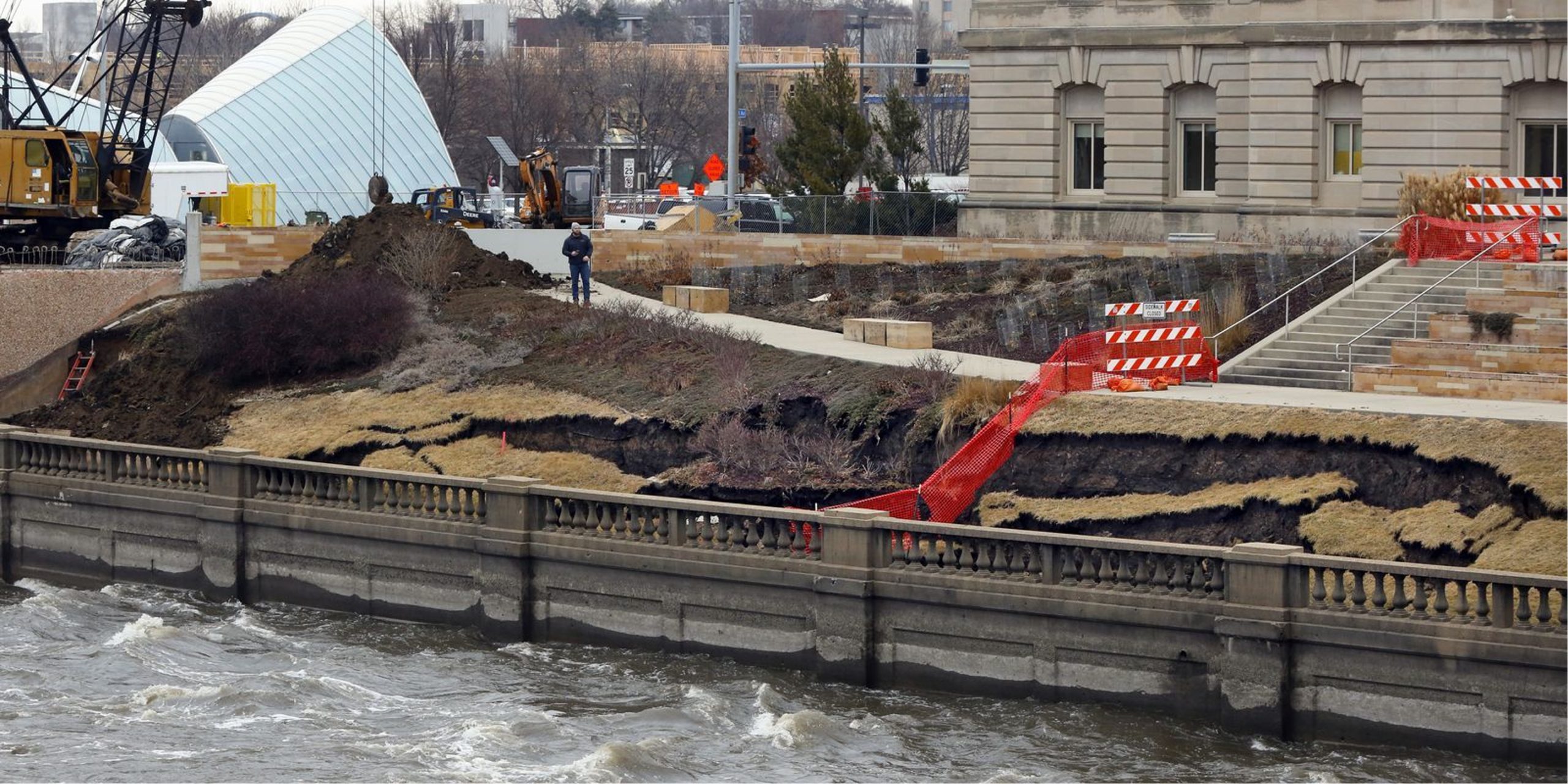The Single Strategy To Use For Shore Protect Team
Table of ContentsFascination About Shore Protect TeamSome Of Shore Protect TeamThe smart Trick of Shore Protect Team That Nobody is Talking AboutThe Basic Principles Of Shore Protect Team The Facts About Shore Protect Team RevealedHow Shore Protect Team can Save You Time, Stress, and Money.Shore Protect Team - The Facts
Decrease in residential property value: As the area tourism is influenced by erosion, so then is the economy. Customers are much less most likely to browse for a coastline house that could be ruined at any kind of minute by the upcoming flooding and disintegration emergency situation. Consequently, property worth can drop greatly and affect the entire region.Whether a coastline is simply small and crowded or needs to shut completely for the security of the ecosystem and neighboring buildings, this substantially affects tourist. Consequently, local economies are affected (https://myspace.com/shrprtcttmshrprtcttm). Danger of injury: The boosted danger of flooding and architectural failings causes an enhanced risk of injury to close-by visitors and area members

is home to greater than 84,240 miles of shoreline with 41% of it subjected to the open sea. Coastal designers are in cost of securing the coast against adjustments by minimizing the destructive effects of both natural and man-made occurrences. Shoreline stablizing is directly pertaining to their work. Beachfront hotels: Since coastline disintegration influences tourist, it affects the success of beachfront hotels.
Indicators on Shore Protect Team You Should Know
Coastal commercial companies: No tourists implies no business. Coastal state parks: State parks that exist along shorelines are at risk of damage.
Soft stablizing is a far better solution for the environment and even more lasting overall. Difficult stablizing utilizes synthetic structures as protection to control disintegration. Generally, these structures are installed at best angles or parallel to quit sand movement and lessen the force of waves. The majority of forms of difficult stablizing like seawalls and sheet steel are not ideal for shoreline stabilization.
Facts About Shore Protect Team Uncovered
There's also insufficient evidence of their effectiveness depending upon the sort of coastline and regional problems. Hard stabilization methods often tend to be extra difficult to install and don't match the all-natural aesthetic, protruding like an aching thumb and hurting local ecosystems in numerous scenarios. Coastline nourishment is the procedure of adding shed sand and debris back to beaches after disintegration has occurred.
TrapBags aid in the procedure of beach sustenance by securing all-natural environments and allowing plants to expand. They're: Eco friendly: You can make use of native dirt both to surround and to fill the TrapBags.

Getting The Shore Protect Team To Work
Easy to install: Alleviate of installment means TrapBags can be deployed rapidly in case of an emergency situation. They can also be installed with no hefty equipment. Budget friendly: TrapBags are optimal for both tiny and big areas of shoreline. They offer a cost effective option to cover jobs of any type of size.
Integrated with a high building price, this has caused enhancing use other soft engineering coastal monitoring options such as beach replenishment. Seawalls are created from numerous materials, a lot of typically strengthened concrete, boulders, steel, or gabions. Other feasible construction products include plastic, wood, light weight aluminum, fiberglass composite, and biodegradable sandbags made from hemp and coir. The appropriate seawall design depends on location-specific elements, consisting of bordering erosion procedures. There are 3 primary types of seawalls: upright, curved, tipped, and piles (see table below). A report released by the United Nations Environment Programme (UNEP) suggests that the tidal wave of 26 December 2004 created less damage in the areas where natural obstacles were present, such as mangroves, coral reefs or coastal vegetation.
Natural barriers, such as reef and mangrove woodlands, avoid the spread of tidal waves and the flow of coastal waters and minimized the flooding and rise of water. A cost-benefit strategy is an efficient method to identify whether a seawall is ideal and whether the advantages deserve the expenditure.
What Does Shore Protect Team Do?
A seawall is a fixed attribute which can conflict with the vibrant nature of the coast and impede the exchange of debris between land and sea. The table listed below sums up some positive and negative effects of seawalls which can be utilized when comparing their performance with other seaside administration choices, such as beach sustenance. [] Advantages and downsides of seawalls according to Short (1999) Advantages Downsides Long-term solution in contrast to soft beach nutrients.

This can trigger coastlines to dissipate, rendering them ineffective for coastline goers. Generally, seawalls can be a successful way to regulate coastal disintegration, however just if they are built well and out of products that can withstand the force of ongoing wave power.
Not known Details About Shore Protect Team
Incorporated with a high building price, this has led to raising use of other soft design coastal administration choices such as coastline replenishment. Seawalls are created from different products, many commonly enhanced concrete, stones, steel, or gabions. Other feasible building products include plastic, wood, aluminum, fiberglass composite, and naturally degradable sandbags made of hemp and coir. The ideal seawall design relies on location-specific elements, including bordering erosion procedures. There are 3 major kinds of seawalls: upright, curved, tipped, and mounds (see table listed below).
All-natural barriers, such as reef and mangrove forests, protect against the spread of tidal waves and the circulation of seaside waters and reduced the flood and rise of water. A cost-benefit strategy is an effective way to figure out whether a seawall is proper and whether the advantages deserve the expense.
Shore Protect Team Fundamentals Explained
A seawall is a static function which can contrast with the vibrant nature of the coast and restrain the exchange of debris between land and sea. The table listed below summarizes some favorable and adverse effects of seawalls which can be made use of when contrasting their efficiency with other coastal management alternatives, such as beach sustenance. [] Benefits and drawbacks of seawalls according to Short (1999) Advantages Downsides Lengthy term option in comparison to soft beach nutrients. bulkhead services.

This can cause coastlines to dissipate, providing them pointless for beach goers. Usually, seawalls can be a successful method to manage seaside erosion, but just if they are created well and out of materials that can withstand the pressure of continuous wave energy.